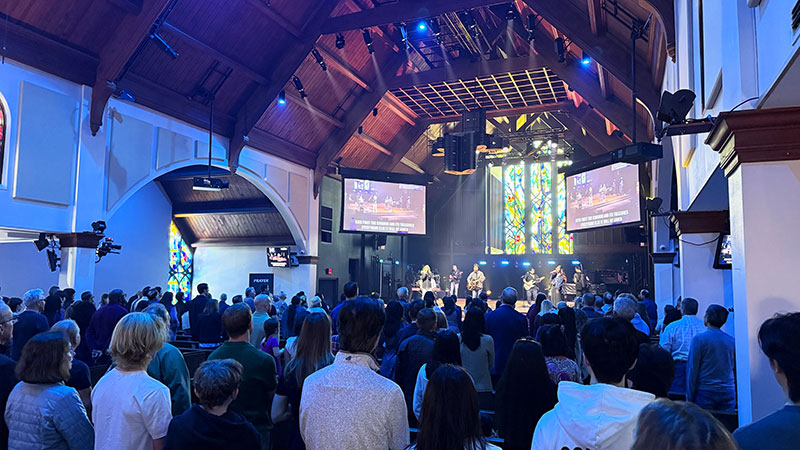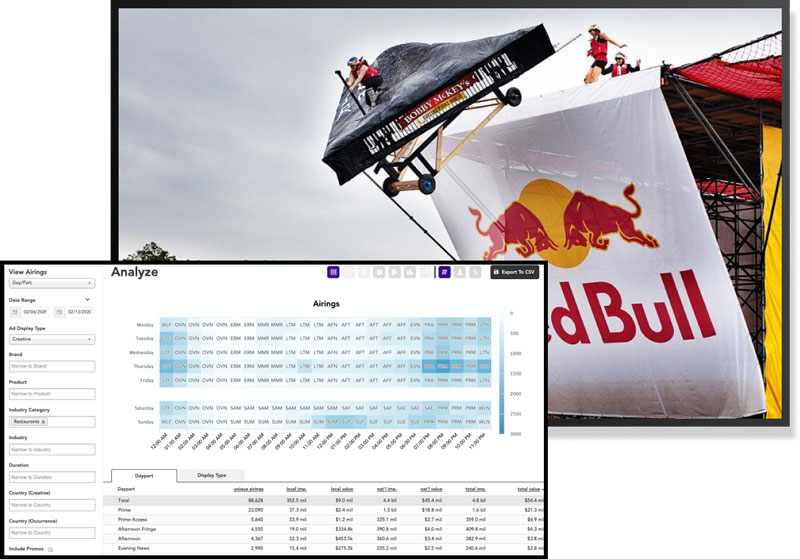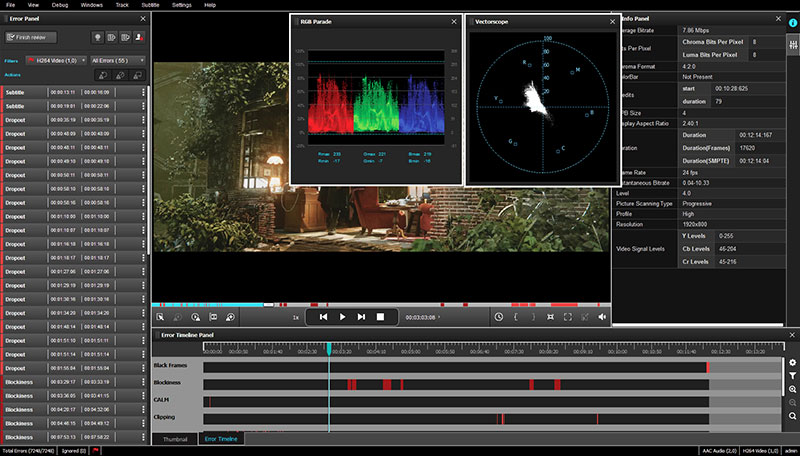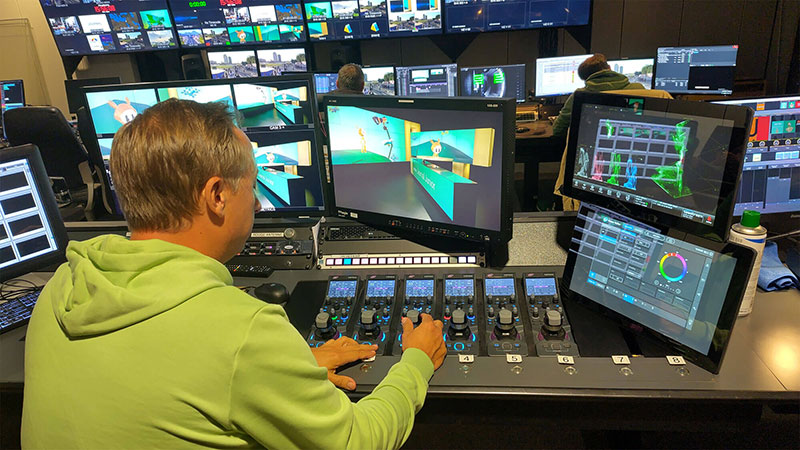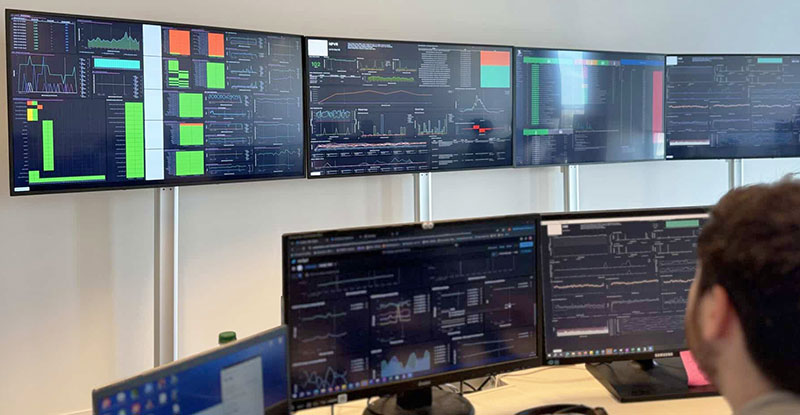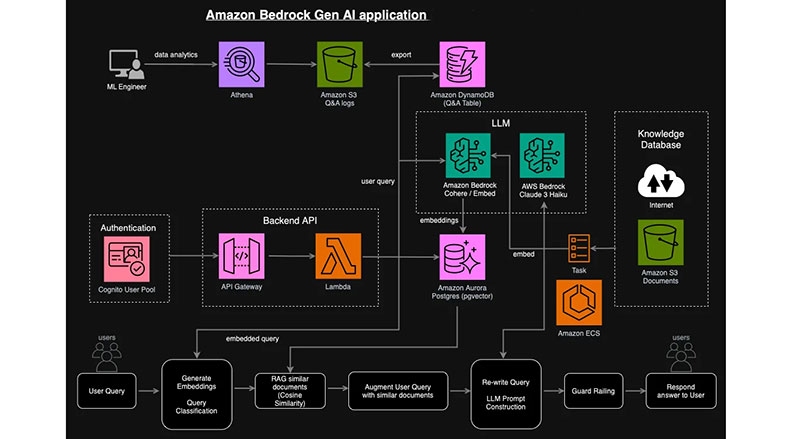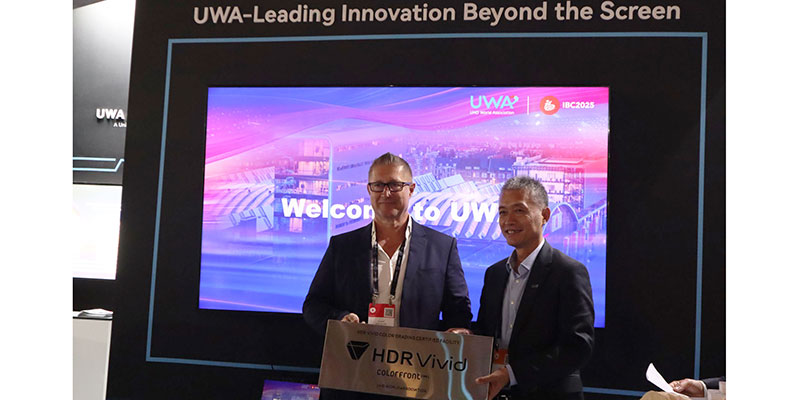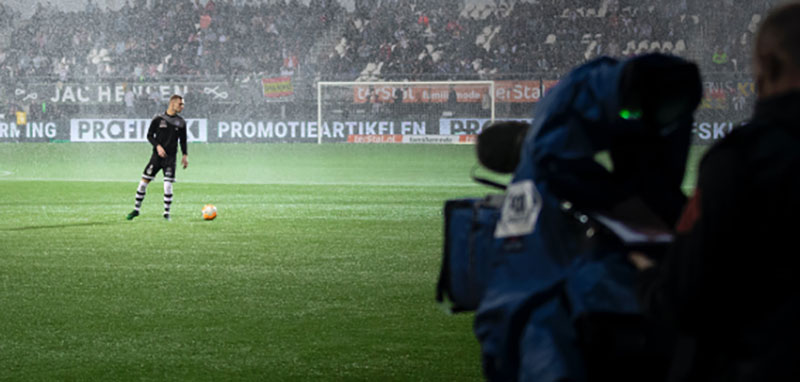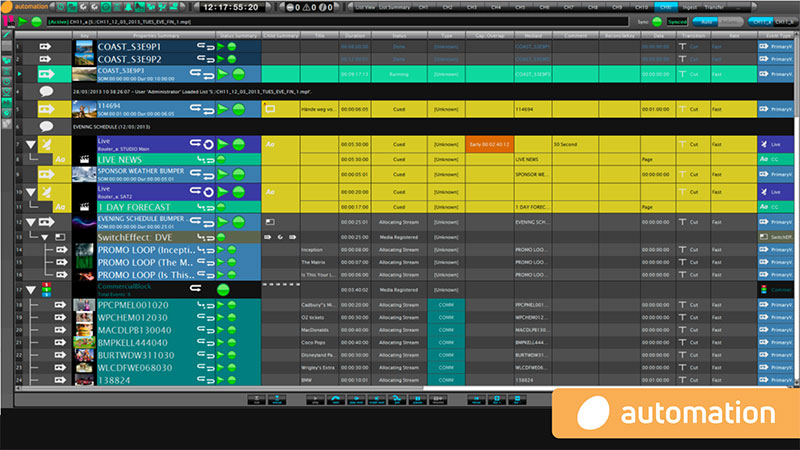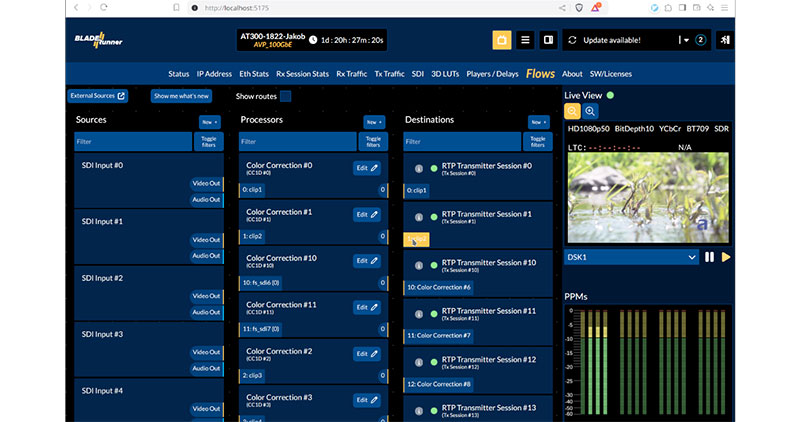Audinate Dante Director is a new SaaS product for remote Dante network administration and management, now available as a pre-release beta and showing at ISE 2024 in Barcelona.
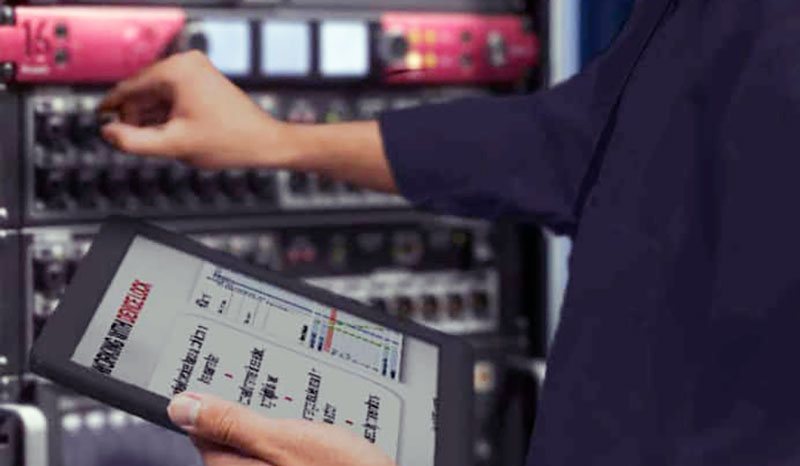
Audinate Dante Director is a new software-as-a-service for remote Dante network administration and management, now available as a pre-release beta. Dante Director enables management of Dante networks from a straightforward web dashboard accessible from anywhere.
Dante has become a de facto standard in AV-over-IP media networking. Available in thousands of Dante devices from over 550 manufacturers, Dante enables low latency transmission of audio and video streams over any standard IT network.
Designed to meet the needs of users operating small to medium-sized Dante networks, IT and AV administrators can use Dante Director to remotely configure Dante channel subscriptions, control user access, ensure network security and monitor multiple Dante networks from a single account. Dante Director is a new product in the Audinate suite. This line-up of products brings professional management to AV systems and includes Dante Domain Manager, which serves enterprise and on-premise network management requirements.
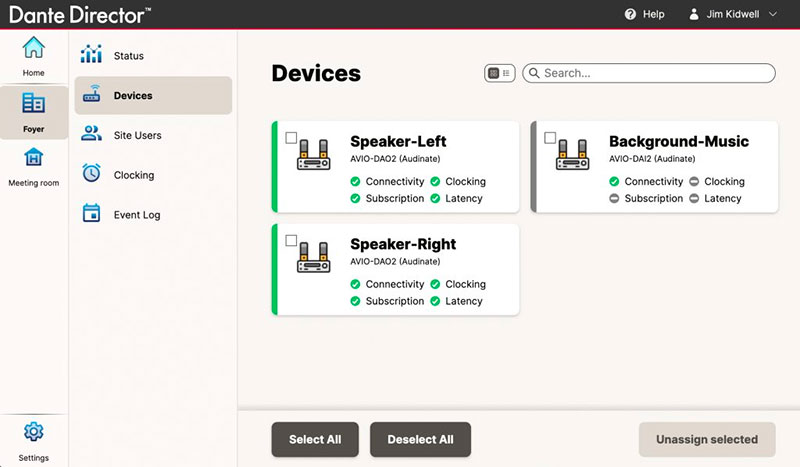
Dante Director works with Dante Controller to enable remote AV management capabilities. After initial setup, users can remotely access and manage channel subscriptions for networks managed by Dante Director from any location.
Remote management capabilities are critical for IT and AV administrators and service providers who need flexibility to diagnose, repair and monitor AV networks. With Dante Director, administrators can manage multiple AV networks from a single web dashboard, resulting in faster response times, greater flexibility and better peace of mind through increased monitoring.
“Dante Director is all about convenience and flexibility when managing Dante networks, but it also brings security, auditing and API integration,” said Laurence Crew, Senior Product Manager, Audinate. “We are building Dante Director to become the default choice for permanent Dante installations as we continue to grow the feature set.”
Dante Director beta is free for pre-release testing to any user with Dante devices. Audinate is demonstrating the Dante Director beta at the Integrated Systems Europe (ISE) 2024 Conference in Barcelona from 30 January to 2 February. www.audinate.com







